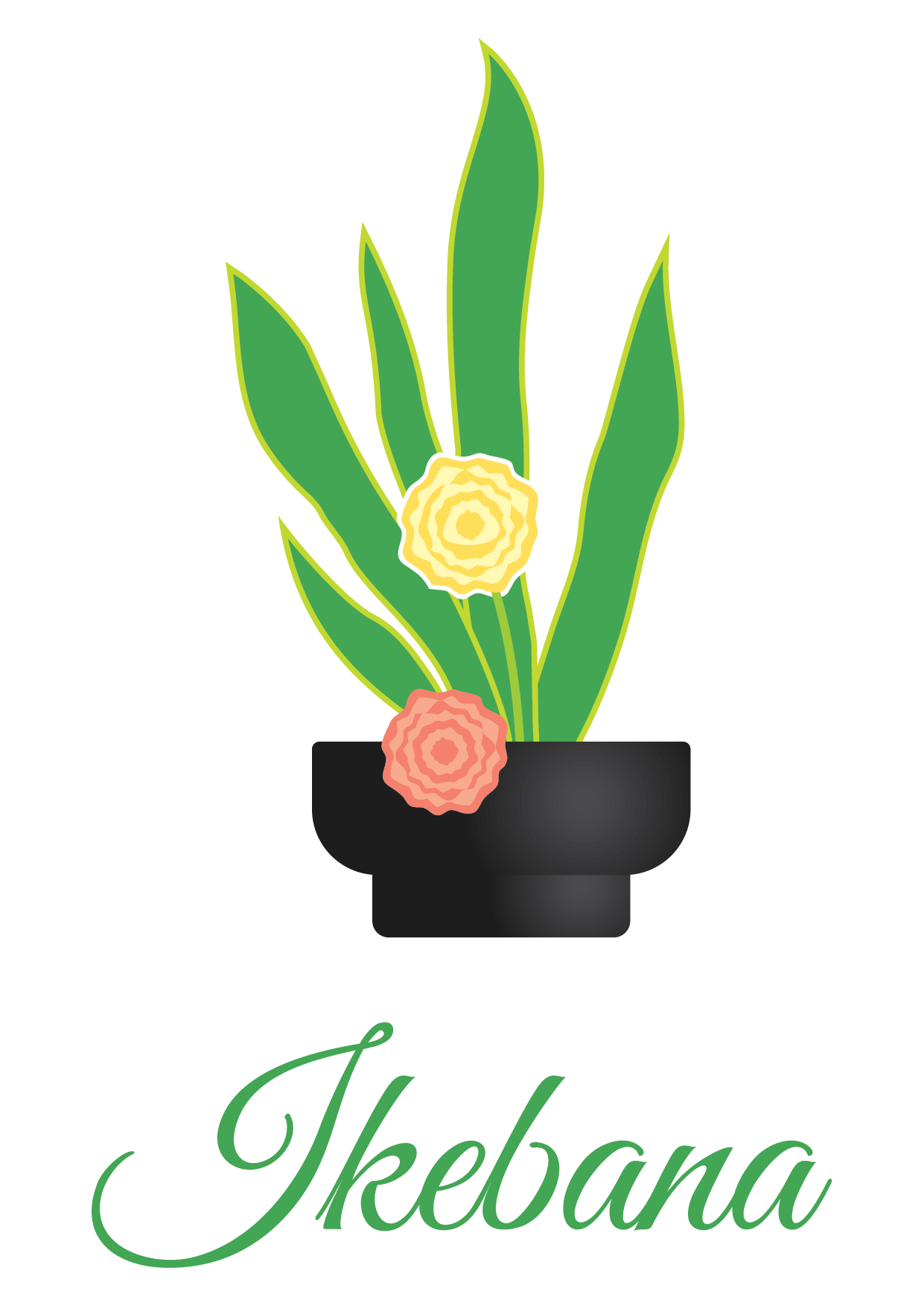
In the realm of floral design, there exists an ancient Japanese art form that transcends mere decoration – Ikebana. Rooted deeply in tradition yet constantly evolving, Ikebana is a profound expression of harmony, balance, and mindful creativity. With its meticulous attention to space, form, and seasonality, Ikebana elevates flower arranging to a spiritual practice, inviting both creator and observer into a serene world of beauty and contemplation.
At its core, Ikebana is more than just arranging flowers; it’s a dialogue between the artist, the materials, and the environment. Each element holds significance, from the choice of flowers and branches to the vessel that cradles them. Unlike Western floral arrangements that often aim for fullness and symmetry, Ikebana embraces asymmetry and negative space, embodying the Japanese aesthetic principle of “ma” – the beauty of emptiness.
The history of Ikebana dates back centuries, evolving from simple offerings at Buddhist altars to refined art forms enjoyed by aristocrats and commoners alike. Its origins lie in the reverence for nature and the desire to bring its beauty indoors. Over time, various schools of Ikebana emerged, each with its own philosophy and techniques, yet all sharing the same reverence for simplicity and elegance.
One of the most captivating aspects of Ikebana is its emphasis on seasonal symbolism. Practitioners meticulously select flowers and branches that reflect the time of year, creating arrangements that capture the essence of the season. In spring, delicate cherry blossoms symbolize renewal and ephemeral beauty, while in autumn, fiery maple leaves evoke thoughts of transience and introspection. By honoring the natural rhythms of the seasons, Ikebana serves as a gentle reminder of life’s impermanence and the importance of embracing change.
Central to Ikebana is the concept of “shin, so, tai” – heaven, earth, and man. Each element of the arrangement represents one of these realms, with the tallest stem symbolizing heaven, the lowest earth, and everything in between representing the realm of man. Through this arrangement, Ikebana practitioners seek to create a harmonious balance between the divine, the earthly, and the human, fostering a sense of interconnectedness with the universe.
In a world filled with constant noise and distraction, Ikebana offers a sanctuary of tranquility and mindfulness. The act of arranging flowers becomes a meditative practice, allowing practitioners to quiet the mind and connect with the present moment. As one carefully places each stem and adjusts its position, they are reminded of the beauty that exists in simplicity and the profound impact of small gestures of grace.
In essence, Ikebana is more than just an art form – it’s a way of life. It teaches us to slow down, to appreciate the fleeting beauty of each moment, and to find harmony in the midst of chaos. Whether practiced by seasoned masters or enthusiastic beginners, Ikebana invites us all to become artists of the everyday, creating moments of beauty and serenity in our own lives.
So the next time you encounter an Ikebana arrangement, take a moment to pause and truly observe. Let the elegant lines and subtle nuances speak to your soul, and allow yourself to be transported to a world where beauty and meaning intertwine in perfect harmony.

Leave a Reply